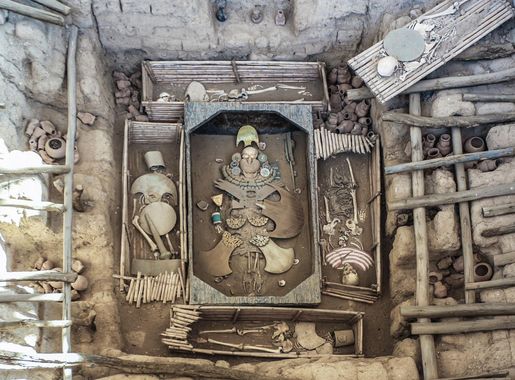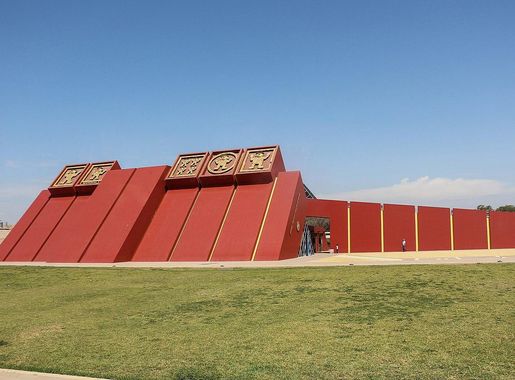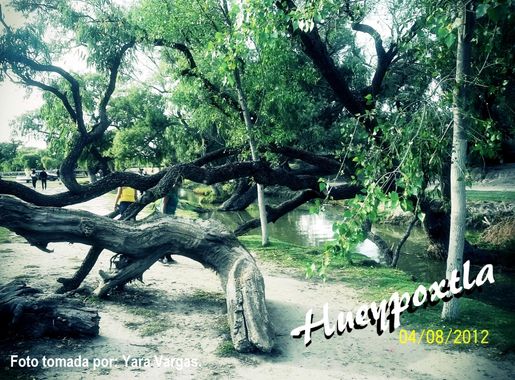
Chiclayo: The Pearl of Northern Peru
Explore Chiclayo: Unveil the secrets of ancient civilizations, enjoy vibrant local markets, and relax on beautiful beaches in Peru's City of Friendship.
Chiclayo, the capital of the Lambayeque region, is a vibrant city known for its rich cultural heritage and warm hospitality. Often referred to as the 'City of Friendship,' Chiclayo is a melting pot of history, archaeology, and modern-day life. As you wander through its bustling streets, you'll come across intriguing colonial architecture, lively markets, and a plethora of local eateries offering mouth-watering Peruvian cuisine. One of Chiclayo's main attractions is the Royal Tombs of Sipán Museum, where you can marvel at the treasures of the ancient Moche civilization. This world-renowned museum showcases the tomb of the Lord of Sipán, often compared to the tomb of Tutankhamun in terms of its significance and opulence. Close by, the Archaeological Complex of Túcume, with its impressive pyramids, offers another glimpse into Peru's pre-Columbian past. Nature lovers will also find much to enjoy in Chiclayo. The nearby Chaparrí Ecological Reserve is a haven for wildlife and a great place to see the unique flora and fauna of Northern Peru. Moreover, the region's beaches, such as Pimentel, are perfect for a relaxing day by the sea, with opportunities for surfing and other water sports. Chiclayo's festive spirit is best experienced during its various local celebrations, such as the Señor de Sipán festival. These events are a great way to immerse yourself in the local culture, enjoy traditional music and dance, and taste regional delicacies.
Local tips in Chiclayo Region
- Visit the Royal Tombs of Sipán Museum early in the morning to avoid crowds and get the best experience.
- Bring comfortable walking shoes for exploring archaeological sites like Túcume.
- Try traditional dishes such as ceviche and arroz con pato at local eateries.
- Carry sunscreen and a hat for protection against the strong sun, especially if you plan to visit the beaches or nature reserves.
- Learn a few basic Spanish phrases to help communicate with locals, as English is not widely spoken.
Chiclayo: The Pearl of Northern Peru
Chiclayo, the capital of the Lambayeque region, is a vibrant city known for its rich cultural heritage and warm hospitality. Often referred to as the 'City of Friendship,' Chiclayo is a melting pot of history, archaeology, and modern-day life. As you wander through its bustling streets, you'll come across intriguing colonial architecture, lively markets, and a plethora of local eateries offering mouth-watering Peruvian cuisine. One of Chiclayo's main attractions is the Royal Tombs of Sipán Museum, where you can marvel at the treasures of the ancient Moche civilization. This world-renowned museum showcases the tomb of the Lord of Sipán, often compared to the tomb of Tutankhamun in terms of its significance and opulence. Close by, the Archaeological Complex of Túcume, with its impressive pyramids, offers another glimpse into Peru's pre-Columbian past. Nature lovers will also find much to enjoy in Chiclayo. The nearby Chaparrí Ecological Reserve is a haven for wildlife and a great place to see the unique flora and fauna of Northern Peru. Moreover, the region's beaches, such as Pimentel, are perfect for a relaxing day by the sea, with opportunities for surfing and other water sports. Chiclayo's festive spirit is best experienced during its various local celebrations, such as the Señor de Sipán festival. These events are a great way to immerse yourself in the local culture, enjoy traditional music and dance, and taste regional delicacies.
When is the best time to go to Chiclayo Region?
Iconic landmarks you can’t miss
Pimentel – Playa, Malecón & Muelle
Explore the stunning beaches, vibrant malecón, and rich culture of Pimentel, a captivating coastal town in Peru.
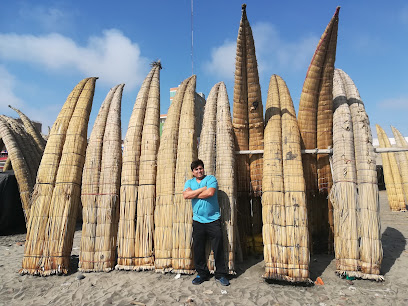
Main Square of Chiclayo
Experience the vibrant culture and history at Chiclayo's Main Square, a must-visit destination for tourists exploring Peru's rich heritage.
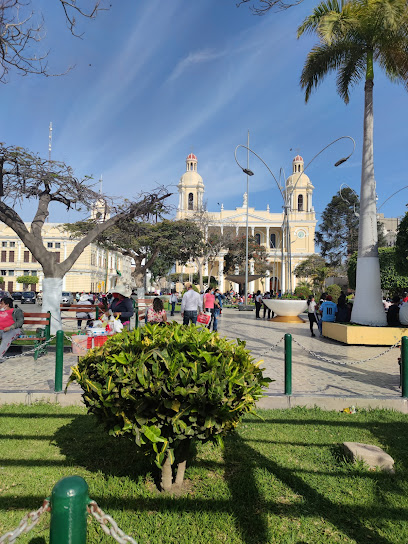
Royal Tombs Of Sipan Museum
Explore the Royal Tombs of Sipan Museum and uncover the captivating legacy of the Moche civilization in Lambayeque, Peru.
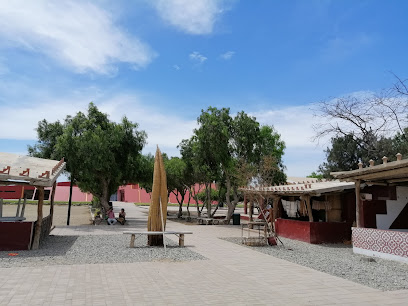
Las Musas
Experience the serene beauty of Las Musas Park, a lush urban oasis in Chiclayo perfect for relaxation, picnics, and family fun.
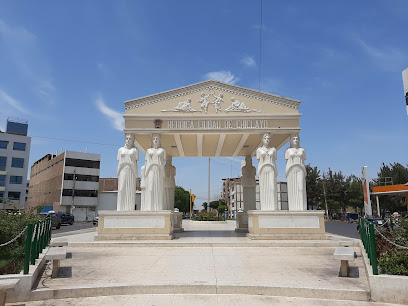
Plazuela Elías Aguirre
Explore Plazuela Elías Aguirre, a lush park in Chiclayo, Peru, brimming with culture, community events, and the essence of local life.
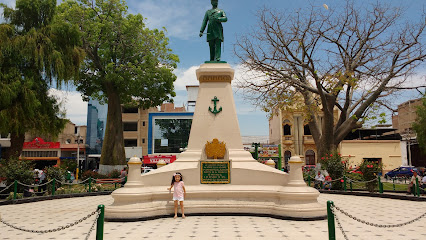
Casa Andina Select Chiclayo
Experience modern comfort and cultural richness at Casa Andina Select Chiclayo, your perfect base in the heart of Chiclayo, Peru.

PASEO YORTUQUE
Discover the beauty and history of Paseo Yortuque in La Victoria, a serene park that offers a unique glimpse into Peru's rich cultural heritage.
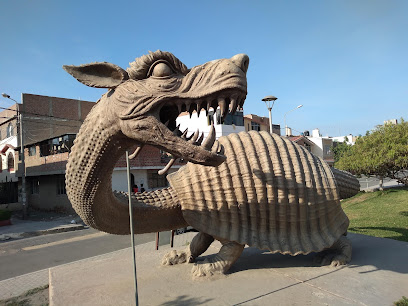
WINMEIER HOTEL
Discover the luxury and excitement of Winmeier Hotel in Chiclayo, Peru, where modern comfort meets vibrant entertainment.

Wyndham Costa del Sol Chiclayo
Discover luxurious comfort and modern amenities at Wyndham Costa del Sol Chiclayo, your perfect base for exploring the rich culture of Northern Peru.
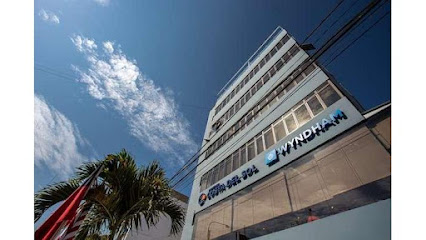
Tucume pyramids
Explore the fascinating history and breathtaking landscapes at the Tucume Pyramids, a premier archaeological site in Peru.

Catedral de Chiclayo
Explore the stunning Catedral de Chiclayo, a masterpiece of architecture and a vital part of Peru's rich cultural heritage.
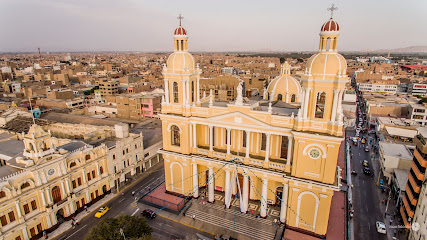
Sicán National Museum
Explore the captivating Sicán National Museum, a cultural gem showcasing Peru's ancient treasures and rich pre-Columbian history.
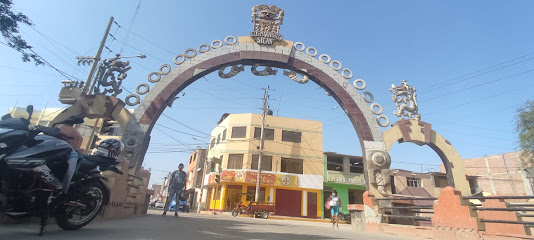
Site Museum Huaca Rajada - Sipan
Explore the Site Museum Huaca Rajada in Sipan, where the legacy of the Moche civilization comes alive through stunning artifacts and archaeological treasures.
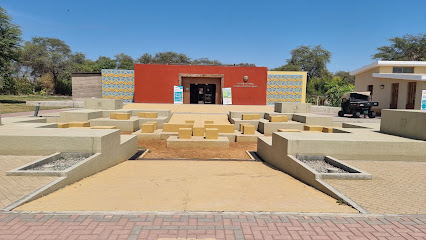
Playa Pimentel
Explore the sun-kissed shores of Playa Pimentel, a vibrant coastal playground in Peru perfect for unforgettable family adventures and relaxation.
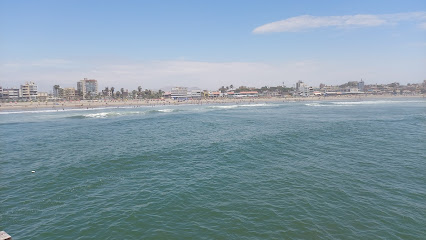
Reserva Ecologica Chaparri
Discover the breathtaking biodiversity and stunning landscapes of Reserva Ecologica Chaparri, a nature preserve that showcases Peru’s rich natural heritage.
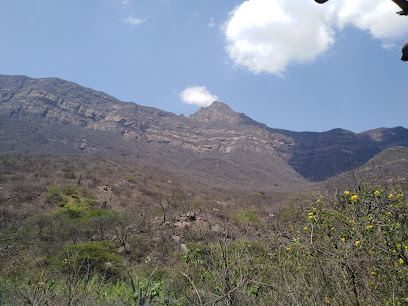
Unmissable attractions to see
Plaza de Armas
Experience the vibrant culture and history of Monsefú at Plaza de Armas, the town's lively central hub surrounded by stunning architecture and lush greenery.
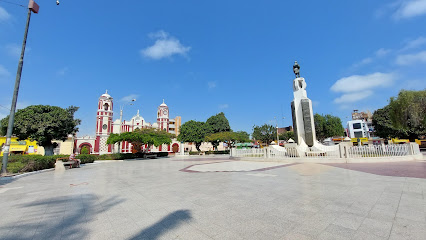
PASEO YORTUQUE
Discover the cultural gem of Paseo Yortuque, a stunning park in La Victoria, Peru, where nature meets art in a vibrant urban setting.
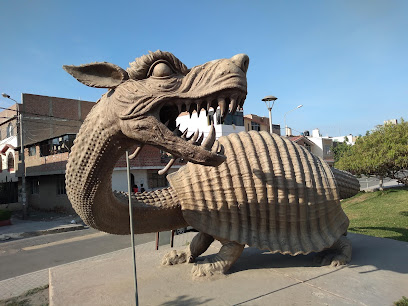
Plaza de Armas de Lambayeque
Explore the vibrant Plaza de Armas de Lambayeque, a cultural hub rich in history, architecture, and local festivities in the heart of Peru.

Las Pirkas Water Park
Dive into excitement at Las Pirkas Water Park, where thrilling slides and relaxing pools await families and adventure seekers in Peru.
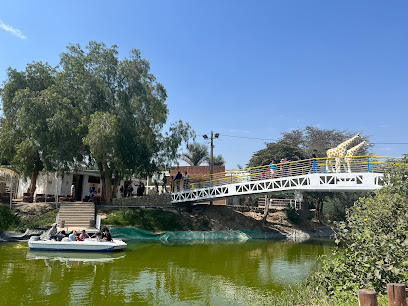
Plaza Cívica – José Leonardo Ortiz
Explore the lively Plaza Cívica – José Leonardo Ortiz in Chiclayo, a vibrant park where culture and nature unite for an unforgettable experience.
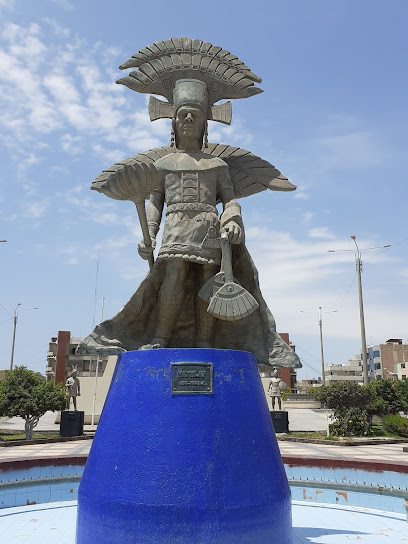
Óvalo Quiñones
Discover the tranquility of Óvalo Quiñones, Chiclayo's serene park perfect for relaxation and exploration amidst lush greenery.
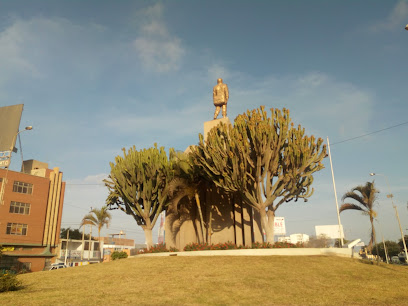
Plaza De Armas De Pimentel
Experience the vibrant culture and serene landscapes at Plaza De Armas De Pimentel, a must-visit park in the heart of Pimentel, Peru.
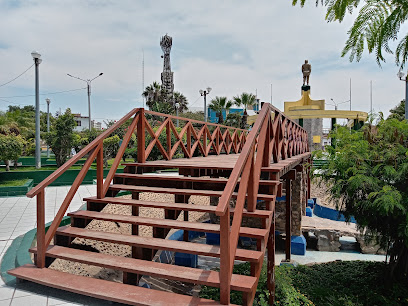
Infantil Park
Discover the joy of family fun and nature at Infantil Park in Lambayeque, Peru – a perfect spot for relaxation and recreation.
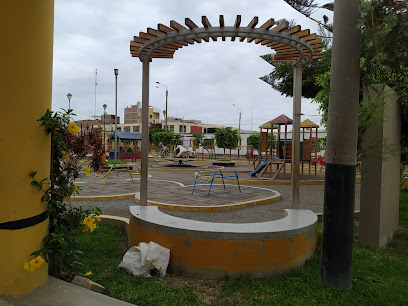
Reserva Ecologica Chaparri
Explore the stunning landscapes and diverse wildlife of Reserva Ecologica Chaparri, a premier nature preserve in Peru, perfect for eco-tourism and adventure.
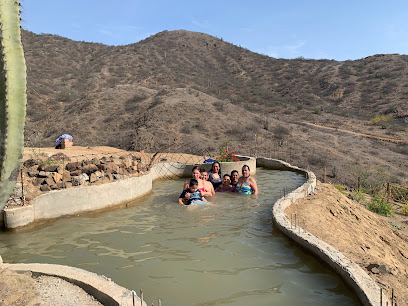
Playa Pimentel Tercer Malecón
Discover the captivating beauty of Playa Pimentel Tercer Malecón, a coastal paradise in Peru perfect for relaxation, adventure, and cultural immersion.
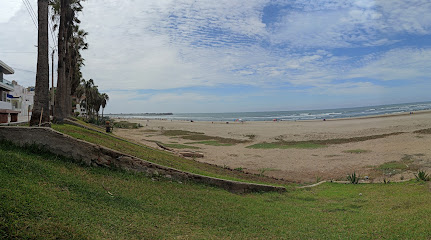
Zonal
Discover Zonal Park in La Victoria, a lush green space perfect for relaxation, recreation, and experiencing local culture amidst the urban landscape.

Basilica San Antonio de Padua
Explore the architectural beauty and cultural significance of Basilica San Antonio de Padua in Chiclayo, a must-visit for spiritual and historical enthusiasts.
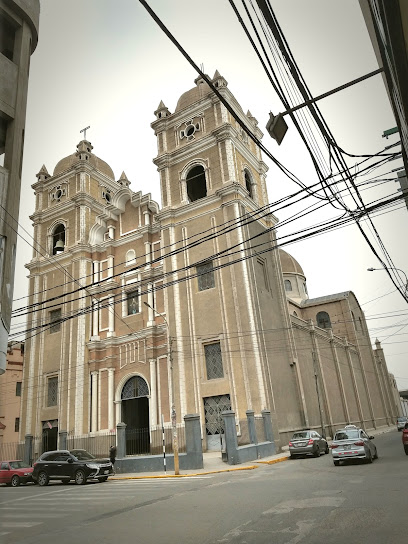
Malecón de Pimentel
Discover the scenic beauty and vibrant culture at Malecón de Pimentel, a coastal promenade offering stunning views, delicious cuisine, and lively local atmosphere.
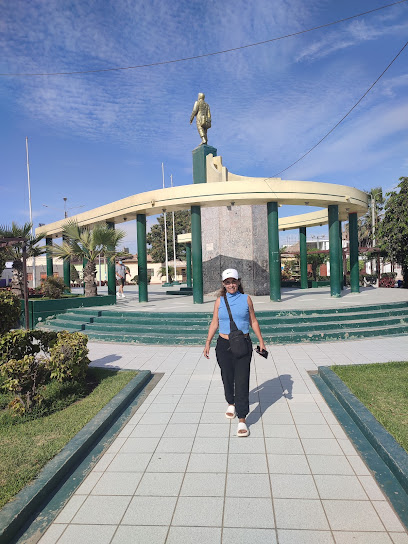
Pascual Saco Oliveros Park
Experience the tranquility and natural beauty of Pascual Saco Oliveros Park, a lush retreat in Huamachuco perfect for relaxation and exploration.
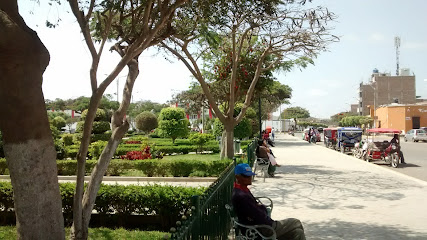
Catedral Histórica y Parroquia San Pedro - Diocesis de Chiclayo.
Explore the majestic Catedral Histórica y Parroquia San Pedro, a stunning blend of architecture and spirituality in the heart of Lambayeque, Peru.
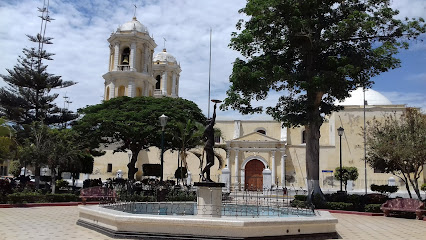
Essential places to dine
R Balta 512
Experience authentic Peruvian cuisine at R Balta 512 in Chiclayo – where every dish is crafted from fresh local ingredients.
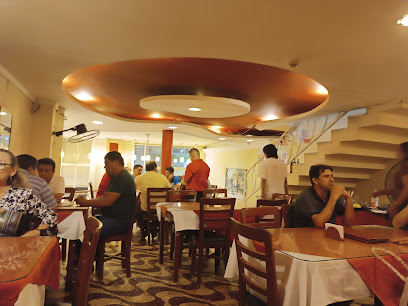
CANNATA
Experience the best of Peruvian cuisine at CANNATA in Chiclayo—where every meal tells a story.
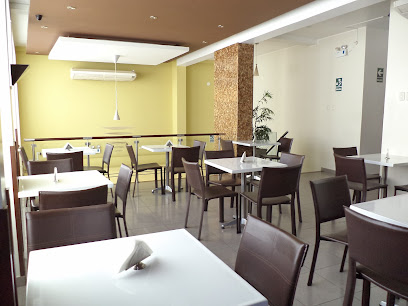
900 Café Bar
Discover Chiclayo's vibrant dining scene at 900 Café Bar - enjoy grilled specialties, refreshing cocktails, and live music in a lively atmosphere.
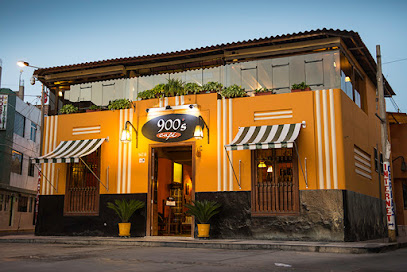
Hebrón Restaurant & Grill
Discover authentic Peruvian flavors at Hebrón Restaurant & Grill in Chiclayo - where tradition meets taste.

Restaurant La Parra
Savor the essence of Peruvian cuisine at Restaurant La Parra in Chiclayo, where every dish tells a story of flavor and tradition.

El Boom
Experience authentic Peruvian cuisine at El Boom in Chiclayo - where delicious food meets affordability.
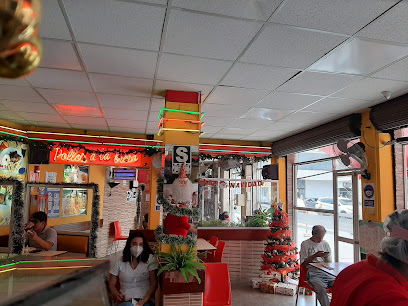
Manos Piuranas
Experience the essence of Peruvian Creole cuisine at Manos Piuranas in Chiclayo – where every meal tells a story.
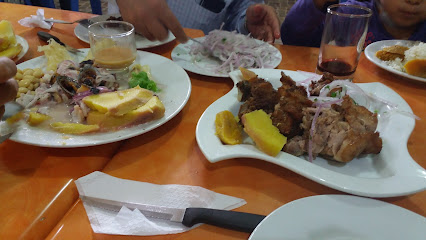
Chumay Chifa Parrillas
Discover the rich flavors of Cantonese cuisine at Chumay Chifa Parrillas in Chiclayo – a must-visit for food lovers.
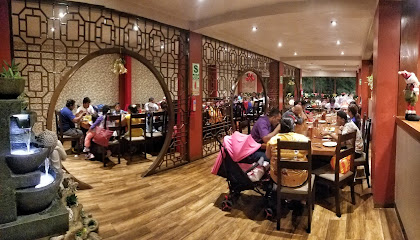
Fiesta Restaurant - Sede Chiclayo
Experience authentic Peruvian cuisine at Fiesta Restaurant in Chiclayo – where tradition meets culinary excellence.
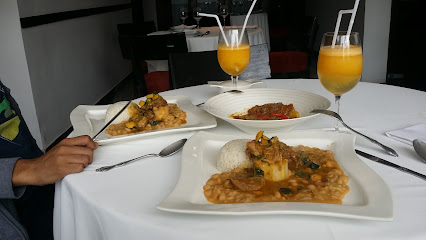
D'Chota Restaurantes
Discover the heart of Peruvian cuisine at D'Chota Restaurantes in Chiclayo—where every dish tells a story.
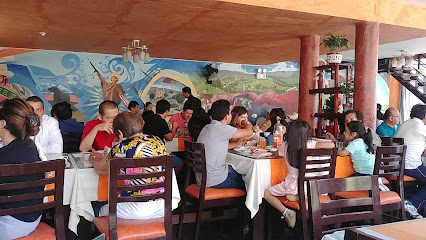
Caserío Restaurante Bar
Discover exquisite Peruvian cuisine and vibrant nightlife at Caserío Restaurante Bar in Chiclayo - where every meal is a celebration.
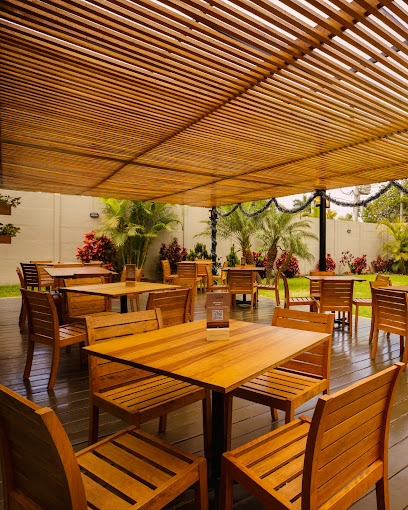
Vichayo Restobar
Experience the best grilled delicacies at Vichayo Restobar in Chiclayo, where authentic flavors meet a vibrant dining atmosphere.
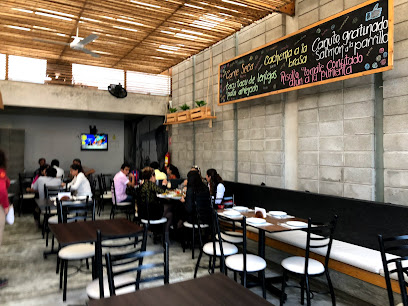
Raices Restaurante
Discover authentic Peruvian flavors at Raices Restaurante in Chiclayo - where tradition meets taste in every dish.
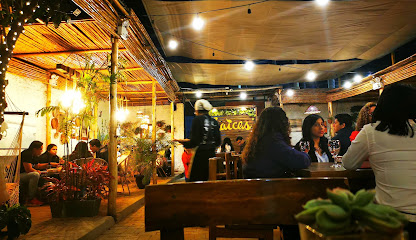
King Monkey
Discover King Monkey in Chiclayo - where local flavors meet international cuisine in a lively gastropub setting.
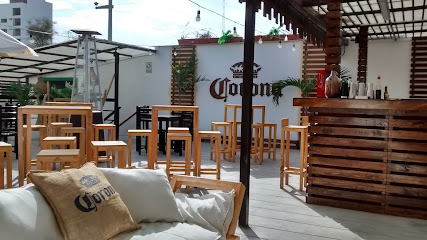
25 Horas Chiclayo
Experience authentic Peruvian cuisine at 25 Horas Chiclayo - where flavors come alive in every dish.
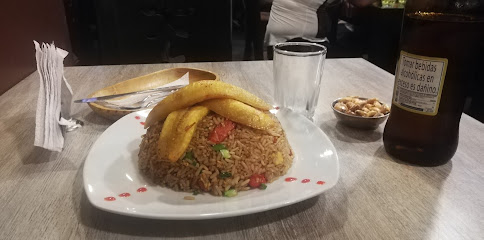
Markets, malls and hidden boutiques
Real Plaza Chiclayo.
Discover a shopping paradise at Real Plaza Chiclayo, where an array of stores, delightful dining options, and vibrant entertainment come together for an unforgettable experience.
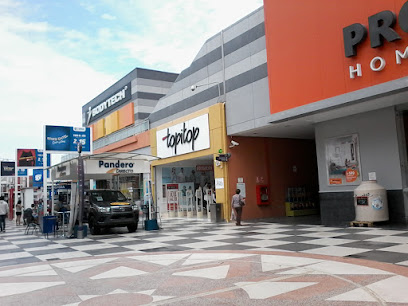
Mall Aventura Chiclayo
Explore the vibrant Mall Aventura Chiclayo, a shopping paradise in Northern Peru with dining, entertainment, and endless shopping options.
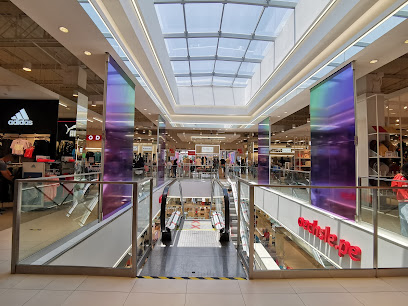
Feria Balta
Discover Chiclayo's vibrant shopping scene at Feria Balta, where culture, cuisine, and creativity come together in a lively atmosphere.
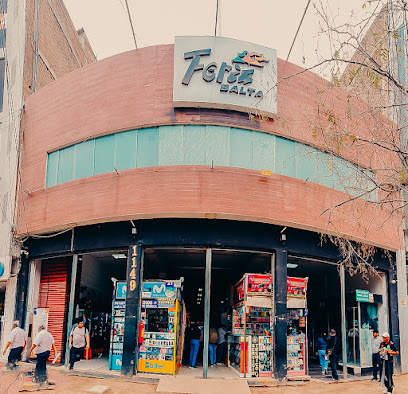
Sodimac - Chiclayo
Discover a world of home goods at Sodimac Chiclayo, where creativity meets quality for all your home improvement needs.

Sodimac - Chiclayo III
Discover Chiclayo's premier home goods store, Sodimac Chiclayo III, where quality meets variety in home improvement and decor.
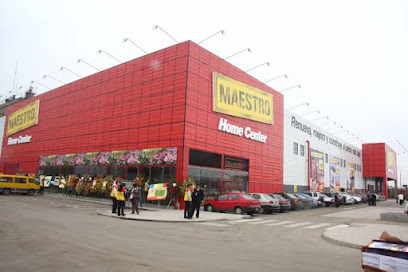
Boulevard
Explore Boulevard in Chiclayo for an exciting blend of shopping, dining, and entertainment amidst a lively atmosphere.
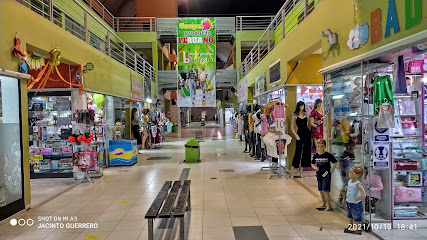
Sodimac ll Chiclayo
Explore Sodimac in Chiclayo for an extensive selection of home goods, decor, and gardening supplies – a perfect stop for tourists seeking local charm.
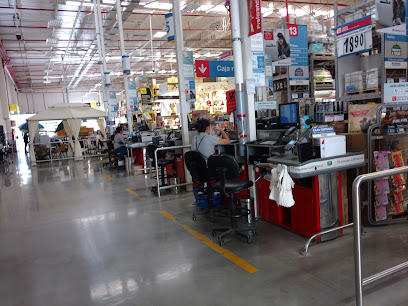
Oechsle
Discover Chiclayo's Oechsle Department Store: A vibrant shopping destination blending local culture with modern retail experiences.
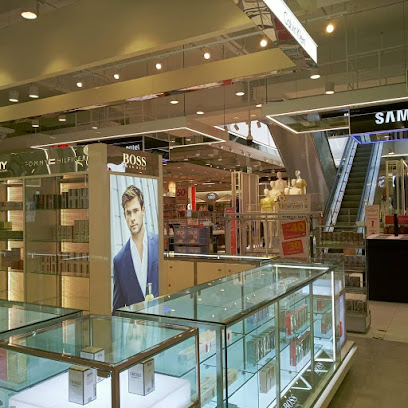
Galerias Ivanlika
Explore Galerias Ivanlika, the vibrant shopping mall in Chiclayo, Peru, offering diverse shops, delicious dining, and cultural experiences.
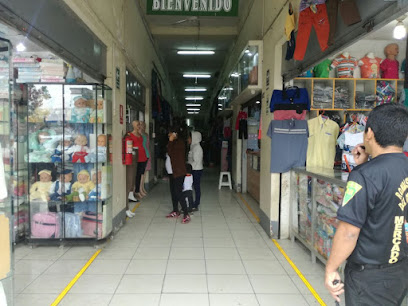
Tienda K-Pop ZKT STORE
Discover the heart of K-Pop culture at Tienda K-Pop ZKT Store in Chiclayo, featuring trendy apparel and exclusive merchandise for true fans.
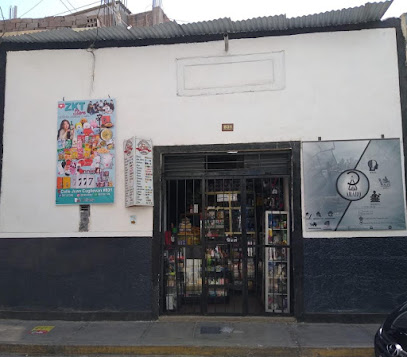
Artesania La Torre
Discover a captivating selection of authentic Peruvian handicrafts at Artesania La Torre, the perfect spot for unique souvenirs in Chiclayo.
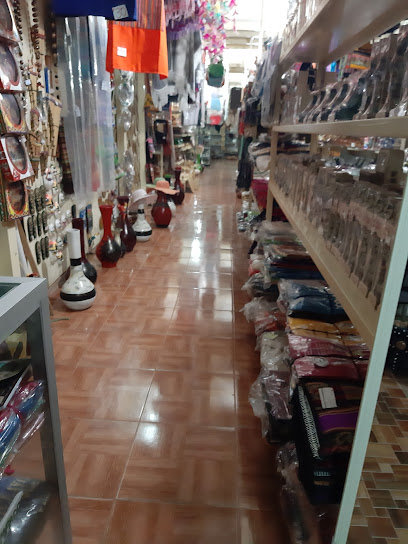
Detalles Con Amor Chiclayo
Explore the heart of Chiclayo at Detalles Con Amor, your go-to destination for unique Peruvian gifts and artisanal crafts.
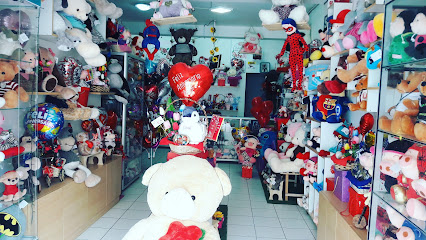
Date Un Gusto
Discover unique fashion accessories at Date Un Gusto in Chiclayo, Peru - a must-visit for style-conscious travelers.
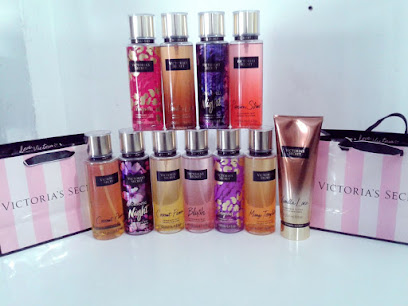
Ilahui
Discover unique gifts and local crafts at Ilahui in Chiclayo's Mall Aventura, a perfect stop for souvenirs that celebrate Peruvian culture.
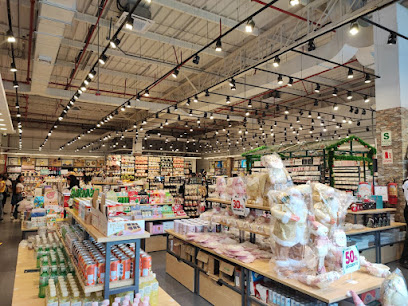
Ofertas Chiclayo
Explore Ofertas Chiclayo: A charming boutique offering unique Peruvian crafts, fashion, and souvenirs in the heart of Chiclayo's Galerías Toshi.
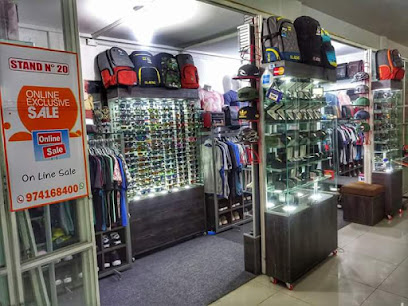
Essential bars & hidden hideouts
Martini
Discover the vibrant nightlife of Chiclayo at Martini, where delicious cocktails and an energetic atmosphere await.
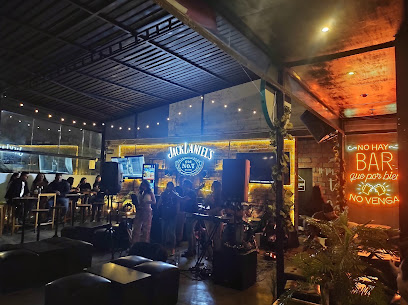
King Monkey
Discover King Monkey in Chiclayo, Peru: a lively gastropub where local flavors meet modern cuisine in a vibrant atmosphere.
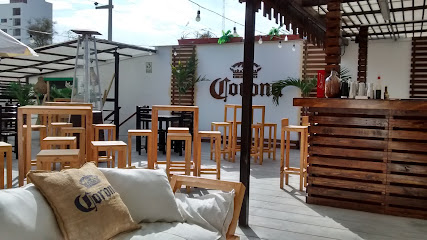
Estación Rock Chiclayo
Discover the vibrant nightlife of Chiclayo at Estación Rock, where local music and refreshing drinks create unforgettable memories.
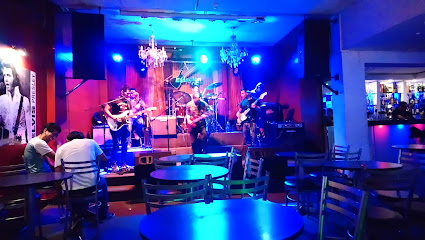
Karma Restobar
Experience the vibrant nightlife at Karma Restobar in Chiclayo, where great drinks and a lively atmosphere await you.
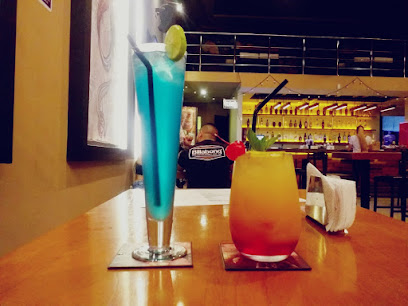
La Taberna Pub
Discover the lively ambiance of La Taberna Pub in Chiclayo, where local culture meets a vibrant nightlife experience.

Thabata Restobar
Experience the vibrant fusion of live music and delicious grilled cuisine at Thabata Restobar in Chiclayo.
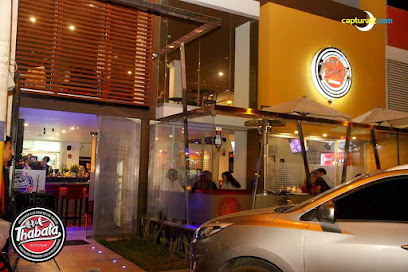
Barranquiito
Discover Barranquiito in Chiclayo, a lively bar offering signature cocktails and a vibrant atmosphere perfect for a memorable night out.
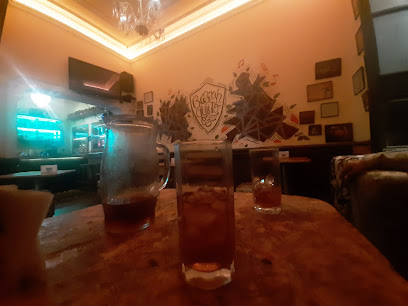
Las Terrazas
Experience Chiclayo's vibrant nightlife at Las Terrazas, where delicious drinks and a lively atmosphere create unforgettable memories.
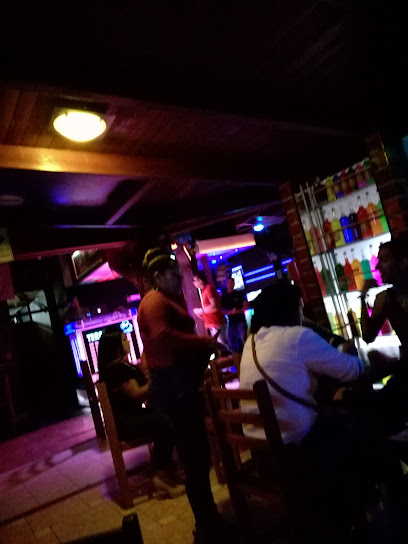
Naiah lounge bar
Discover the nightlife at Naiah Lounge Bar in Chiclayo, where vibrant energy meets expertly crafted cocktails and a stylish atmosphere.
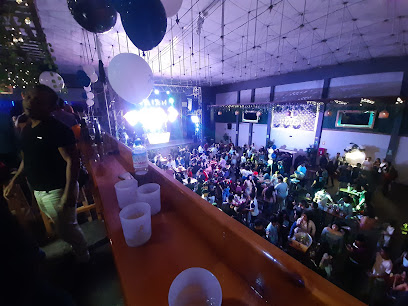
Mescaleria
Discover the vibrant nightlife at Mescaleria, Chiclayo's premier bar for mezcal and cocktails, where every night is a celebration of flavor and fun.
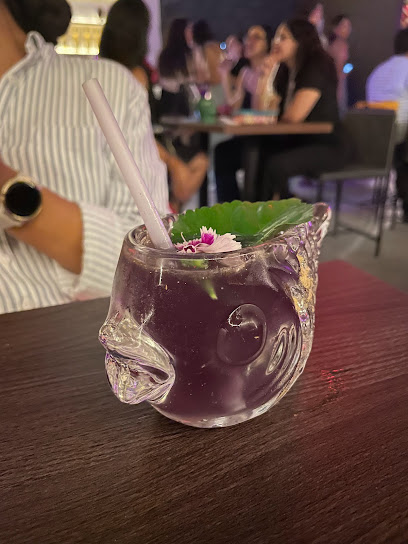
Seven Lounge Bar
Discover Chiclayo's nightlife at Seven Lounge Bar, offering a vibrant atmosphere, delicious cocktails, and an unforgettable experience.
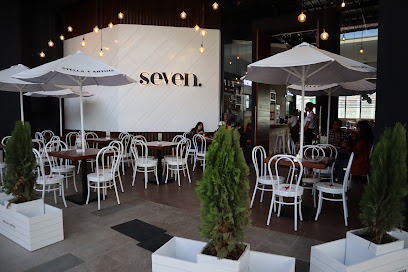
D´Chill - bar y rest
Experience the vibrant nightlife of Chiclayo at D´Chill, a stylish bar offering a diverse drink menu and a welcoming atmosphere for all.
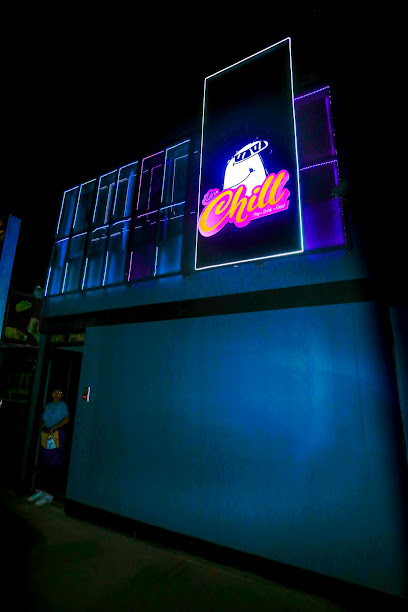
Buen bar chiclayo
Experience the vibrant nightlife of Chiclayo at Buen Bar, where creative cocktails and a lively atmosphere await every visitor.

Cuatro once Bar
Discover the lively ambiance and unique cocktails of Cuatro Once Bar, a highlight of Chiclayo's nightlife scene.
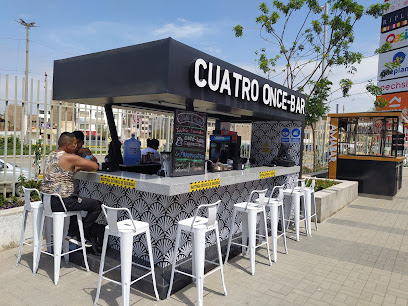
Rejitas bar
Experience the vibrant atmosphere and local flavors at Rejitas Bar in Chiclayo, the perfect spot for relaxation and connection.
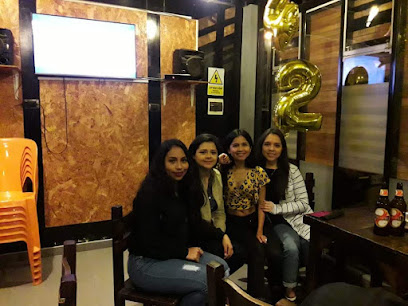
Local Phrases about Chiclayo Region
-
- Hello¡Hola!
[oh-lah] - Goodbye¡Adiós!
[ah-dyohs] - YesSí
[see] - NoNo
[noh] - Please/You're welcomePor favor/De nada
[pohr fah-vohr/deh nah-dah] - Thank youGracias
[grah-syahs] - Excuse me/SorryPerdón/Lo siento
[pehr-dohn/loh see-ehn-toh] - How are you?¿Cómo estás?
[koh-moh ehs-tahs] - Fine. And you?Bien. ¿Y tú?
[byehn. ee too] - Do you speak English?¿Hablas inglés?
[ah-blahs een-glehs] - I don't understandNo entiendo
[noh ehn-tyen-doh]
- Hello¡Hola!
-
- I'd like to see the menu, pleaseMe gustaría ver el menú, por favor
[meh goos-tah-ree-ah behr ehl meh-noo, pohr fah-vohr] - I don't eat meatNo como carne
[noh koh-moh kahr-neh] - Cheers!¡Salud!
[sah-lood] - I would like to pay, pleaseMe gustaría pagar, por favor
[meh goos-tah-ree-ah pah-gahr, pohr fah-vohr]
- I'd like to see the menu, pleaseMe gustaría ver el menú, por favor
-
- Help!¡Ayuda!
[ah-yoo-dah] - Go away!¡Vete!
[veh-teh] - Call the Police!¡Llama a la policía!
[yah-mah ah lah poh-lee-see-ah] - Call a doctor!¡Llama a un médico!
[yah-mah ah oon meh-dee-koh] - I'm lostEstoy perdido
[ehs-toy pehr-dee-doh] - I'm illEstoy enfermo
[ehs-toy ehn-fehr-moh]
- Help!¡Ayuda!
-
- I'd like to buy...Me gustaría comprar...
[meh goos-tah-ree-ah kohm-prahr] - I'm just lookingSolo estoy mirando
[soh-loh ehs-toy mee-rahn-doh] - How much is it?¿Cuánto cuesta?
[kwan-toh kwehs-tah] - That's too expensiveEsto es muy caro
[ehs-toh ehs mwee kah-roh] - Can you lower the price?¿Puedes bajar el precio?
[pweh-dehs bah-hahr ehl pree-syoh]
- I'd like to buy...Me gustaría comprar...
-
- What time is it?¿Qué hora es?
[keh oh-rah ehs] - It's one o'clockEs la una
[ehs lah oo-nah] - Half past (10)Media (10)
[meh-dyah (deez)] - MorningMañana
[mah-nyah-nah] - AfternoonTarde
[tahr-deh] - EveningNoche
[noh-cheh] - YesterdayAyer
[ah-yehr] - TodayHoy
[hoy] - TomorrowMañana
[mah-nyah-nah] - 1Uno
[oo-noh] - 2Dos
[dohs] - 3Tres
[trehs] - 4Cuatro
[kwah-troh] - 5Cinco
[seen-koh] - 6Seis
[seys] - 7Siete
[syeh-teh] - 8Ocho
[oh-choh] - 9Nueve
[nweh-veh] - 10Diez
[dyehs]
- What time is it?¿Qué hora es?
-
- Where's a/the...?¿Dónde está...?
[dohn-deh ehs-tah] - What's the address?¿Cuál es la dirección?
[kwahl ehs lah dee-rehk-syohn] - Can you show me (on the map)?¿Puedes mostrarme (en el mapa)?
[pweh-dehs mohs-trahr-meh (ehn ehl mah-pah)] - When's the next (bus)?¿Cuándo es el próximo (bus)?
[kwan-doh ehs ehl proh-ksee-moh (boos)] - A ticket (to ....)Un boleto (a ....)
[oon boh-leh-toh (ah ....)]
- Where's a/the...?¿Dónde está...?
History of Chiclayo Region
-
The Moche civilization, which thrived from approximately 100 to 700 AD, left an indelible mark on the Chiclayo Region. Renowned for their sophisticated irrigation systems, the Moche turned the arid desert into fertile farmland. Notable archaeological sites like the Huaca Rajada, where the Lord of Sipán was discovered, offer a glimpse into the intricate craftsmanship and complex society of the Moche people.
-
Following the decline of the Moche, the Lambayeque (or Sican) culture emerged around 750 AD and lasted until 1375 AD. Known for their exceptional metalwork, particularly in gold, the Lambayeque left behind remarkable artifacts and structures. The Túcume pyramids, a collection of 26 adobe pyramids, stand as a testament to their architectural prowess and religious significance.
-
In the late 15th century, the Inca Empire expanded into the Chiclayo Region. Despite their brief rule, the Incas integrated the area into their expansive empire, introducing their administrative and agricultural practices. The Incas' influence is still evident in the region’s terracing and road systems, which facilitated trade and communication.
-
The arrival of the Spanish in the 16th century marked a period of significant change for the Chiclayo Region. The Spanish established the city of Chiclayo in 1720 and introduced European culture, religion, and governance. Colonial architecture, such as the Cathedral of Chiclayo, reflects this period of transformation and the blending of indigenous and Spanish influences.
-
During the Peruvian War of Independence (1811-1826), Chiclayo played a crucial role as a supporter of the patriot cause. Known as the 'Heroic City,' Chiclayo's residents provided essential supplies and strategic support to the revolutionary forces. The city’s commitment to independence is celebrated annually with patriotic fervor.
-
Today, Chiclayo is a vibrant city known for its rich cultural heritage and dynamic markets. The Mercado Modelo and the Witch Market (Mercado de Brujos) are famous for their traditional herbs, healing practices, and artisanal crafts. The city’s diverse population and historical layers make it a fascinating destination for those interested in Peru’s deep-rooted cultural history.
Chiclayo Region Essentials
-
Chiclayo Region is located in the northwestern part of Peru. The nearest airport is Cap. FAP José A. Quiñones Gonzales International Airport in Chiclayo, which offers domestic flights from Lima and other major Peruvian cities. International travelers can connect through Lima's Jorge Chávez International Airport. From the airport, taxis and buses are available to take you to various parts of the region.
-
Within the Chiclayo Region, various modes of transportation are available. Taxis are plentiful and relatively inexpensive; make sure to use registered taxis to ensure safety. Public buses and combis (shared vans) are popular for getting around the city and nearby areas. For more remote destinations, renting a car or hiring a private driver can offer greater flexibility. Motorcycle taxis, or 'mototaxis', are also a common sight and can be a quick way to navigate through traffic.
-
The official currency in Peru is the Peruvian Sol (PEN). Credit and debit cards are widely accepted in Chiclayo's hotels, restaurants, and larger shops, but it is advisable to carry cash for smaller establishments and markets. ATMs are readily available in Chiclayo, but it's wise to withdraw sufficient cash before heading to rural areas where ATMs might be scarce.
-
Chiclayo is generally a safe destination, but like many urban areas, it has neighborhoods with higher crime rates. Areas such as La Victoria and José Leonardo Ortiz have reported incidents of theft and muggings targeting tourists. It's advisable to avoid these areas, particularly at night. Always keep an eye on your belongings in crowded places, and avoid displaying valuables.
-
In case of emergency, dial 105 for police assistance, 116 for fire emergencies, and 117 for medical emergencies. Chiclayo has several hospitals and clinics, such as Hospital Regional Lambayeque and Clínica Belén, which can provide urgent medical care. It is recommended to have travel insurance that covers medical emergencies. For minor health issues, there are numerous pharmacies where you can purchase over-the-counter medications.
-
Fashion: Do dress modestly, especially when visiting religious sites. Avoid wearing overly revealing clothing. Religion: Do respect local customs and traditions. Always cover your head when entering churches, and avoid loud conversations. Public Transport: Do be respectful and give up your seat to elderly passengers. Don’t eat or drink on public transport. Greetings: Do greet people with a handshake. A slight bow of the head is also a sign of respect. Eating & Drinking: Do try local delicacies and accept food offerings graciously. Don’t refuse hospitality, as it is considered impolite.
-
To experience Chiclayo Region like a local, visit the Mercado Modelo, a bustling market where you can find everything from fresh produce to traditional herbs used in shamanic rituals. Engage with locals, as they are often friendly and eager to share stories about their culture and history. Don't miss visiting the Royal Tombs of Sipán Museum and the Huaca Rajada archaeological site. For a unique culinary experience, try the local dish 'ceviche' and enjoy the regional specialty, 'King Kong' (a sweet treat made of cookies, milk caramel, pineapple, and peanuts).
Trending Landmarks in Chiclayo Region
-
Pimentel – Playa, Malecón & Muelle
-
Main Square of Chiclayo
-
Royal Tombs Of Sipan Museum
-
Las Musas
-
Plazuela Elías Aguirre
-
Casa Andina Select Chiclayo
-
PASEO YORTUQUE
-
WINMEIER HOTEL
-
Wyndham Costa del Sol Chiclayo
-
Tucume pyramids
-
Catedral de Chiclayo
-
Sicán National Museum
-
Site Museum Huaca Rajada - Sipan
-
Playa Pimentel
-
Reserva Ecologica Chaparri
Nearby Cities to Chiclayo Region
-
Things To Do in Trujillo
-
Things To Do in Piura
-
Things To Do in Loja
-
Things To Do in Huaraz
-
Things To Do in Cuenca
-
Things To Do in Guayaquil
-
Things To Do in Salinas
-
Things To Do in Macas
-
Things To Do in Ambato
-
Things To Do in Manta
-
Things To Do in Lima
-
Things To Do in Tena
-
Things To Do in Quito
-
Things To Do in Mindo
-
Things To Do in Huancayo

